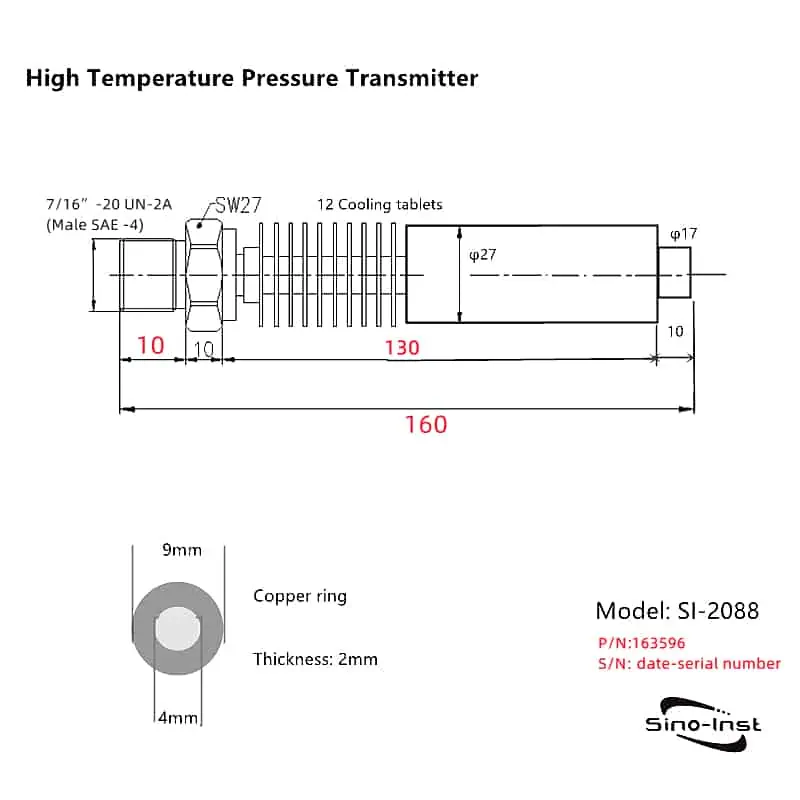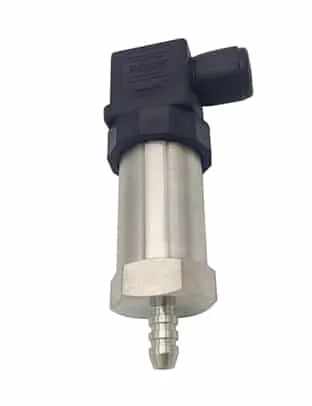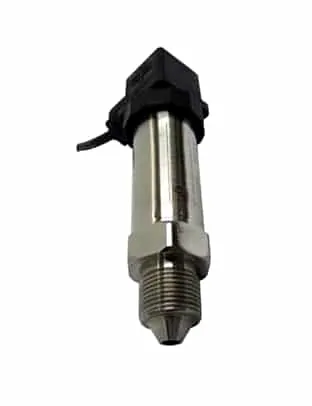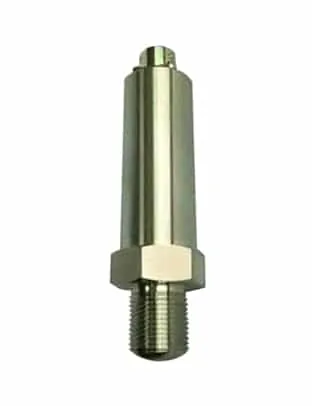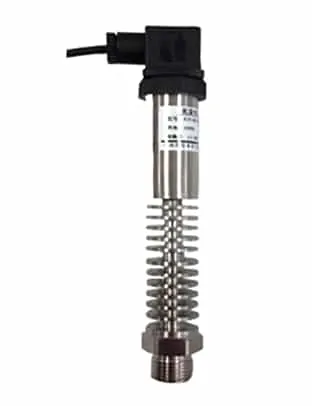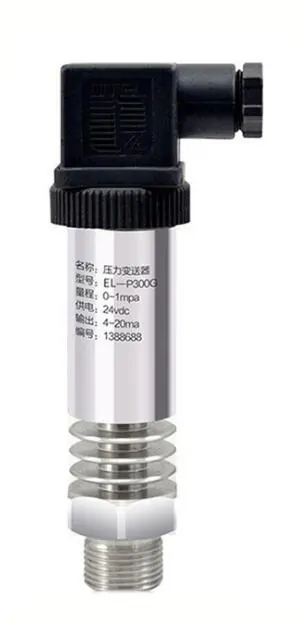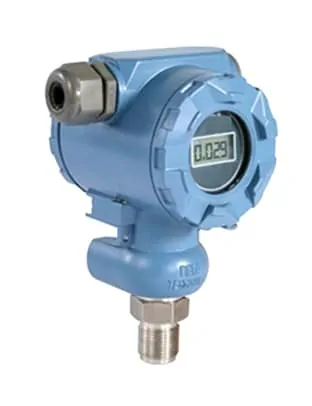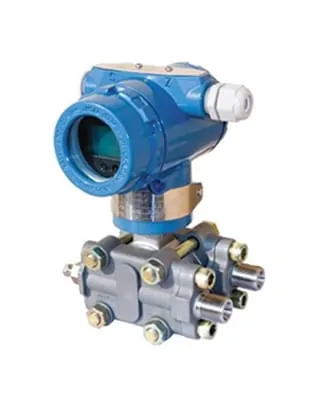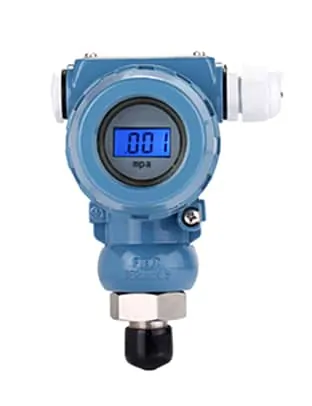Pressure Sensor Applications refer to industrial pressure transmitters that convert gas, liquid and other pressure parameters into standard electrical signals (such as 4~20mADC, etc.). For on-site or remote measurement and control.
Pressure sensors are arguably the most widely used sensors in industry. Because the pressure sensor is used in addition to measuring pressure. It can also measure flow, liquid level, density, etc.
Therefore, pressure sensors are widely used in various industrial automatic control environments. Including water conservancy and hydropower, rail transit, automatic production control, aerospace, petrochemical, oil wells, electric power, ships, machine tools, pipelines, etc.
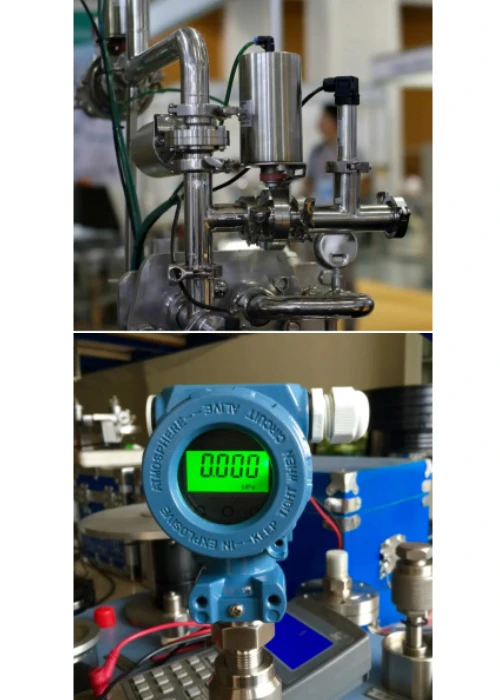
What Is a Pressure Sensor Example?
A pressure sensor is a device that can sense pressure signals and convert the pressure signals into usable output electrical signals according to certain rules. Sino-Inst, as a manufacturer of pressure sensors. We stock over 50 featured pressure sensors.
If you are using a pressure sensor for the first time, you may wonder, what is a pressure sensor? Why are there pressure sensors with various appearances on the market?
In fact, the pressure sensor is a general term. There are many types and styles of pressure sensors. However, you don’t have to worry about how to choose. You just need to inform us of your measurements and installation parameters. We will produce suitable pressure sensors according to the parameters you require. Including measuring range, temperature, display, mounting thread, output signal, etc.
For example, Below is a pressure sensor for measuring high temperature gas.
The parameters are roughly:
- Pressure range: 0-30psig,
- 300 degrees Celsius high temperature
- without local display;
- 4-20mA signal output;
- Mounting thread 7/16″-20UN-2A (Male SAE-4);
The above parameters are customized according to user requirements. Even the body length of the sensor is customized to the 160mm length requested by our customer.
Extended reading: High accuracy pressure transducers
Learn More About Industrial Pressure Sensors
If you cannot find an answer to your question in our Industrial Pressure Sensors you can always contact us and we will be with you shortly.
Common Pressure Sensor Applications
Pressure Measurement
Pressure sensors can measure the pressure of liquid, steam, gas and other media. Convert pressure to electrical signal output.
Pressure sensors can be installed on pipelines to measure pipeline pressure.
A pressure sensor can be mounted on the tank wall to measure tank pressure.
So, as long as the installation space allows. The measured medium is compatible with the diaphragm material. Then the pressure sensor can measure.
Read more about: What Is The Function Of A Pressure Transmitter?
Differential Pressure Measurement
Differential pressure sensors can be used to measure the difference between two pressures, usually used to measure the pressure difference between the front and back of a device or component.
Differential pressure sensors need to pay attention to some matters in use:
For example:
- The measured medium is not allowed to freeze. Otherwise, the sensor element isolating diaphragm will be damaged. damage to the transmitter. Temperature protection of the transmitter is required when necessary. to prevent freezing;
- When measuring steam or other high temperature media. Its temperature should not exceed the limit temperature when the transmitter is used. A heat sink must be used for temperatures higher than the limit temperature used by the transmitter;
- When measuring steam or other high-temperature media, heat pipes should be used. Connect the transmitter and pipe together. And use the pressure on the pipeline to transfer to the transformer;
- When the measured medium is water vapor. A proper amount of water should be injected into the cooling pipe. To prevent the superheated steam from directly contacting the transmitter and damaging the sensor;
Separate differential pressure sensors are not currently used much. There are many pressure sensors that can measure both absolute pressure and differential pressure. This is very convenient for customers to use.
Liquid Level Measurement
Pressure sensors can be used to measure liquid levels using the hydrostatic principle. From open waters such as reservoir levels or sea depths to tanks and containers.
This assumes that the medium is a static liquid with constant specific gravity, and that the system compensates proportionally for liquids with different densities than clear water.
For example, when measuring the oil level in a tank, a lower specific gravity means a proportionally lower pressure per meter of still water depth or level.
Additionally, if the tank is not vented, or is sealed under pressure, it will be necessary to measure and compensate for the surface pressure above the liquid.
In practice, hydrostatic level measurements can use immersion probes and sealed cable assemblies to detect the head of liquid pressure above the probe inlet.
Alternatively, the pressure sensor can be mounted externally on the bottom of the tank or vessel.
A differential pressure sensor can be used to provide a single output for a sealed tank. The difference between two input pressures representing tank level and surface air pressure. Or the two sensors and outputs can simply be measured separately.
In addition, differential pressure sensors can also be used to measure gas flow, liquid level, etc.
A method of measuring gas flow through the difference between flow tube pressure and atmospheric pressure. Find the flow tube static pressure. The square root of static pressure is proportional to flow, giving flow.
The liquid level measurement method measures the pressure difference between the high and low liquid levels. Then calculate the height of the liquid surface according to the density of the liquid.
Read more about: Differential pressure level transmitter working principle
Flow Measurement
The flow measurement is realized by differential pressure measurement. That is to say, the measurement is carried out by using the working principle that there is a certain relationship between the pressure difference and the flow rate generated when the medium fluid flows through the throttling device.
With the continuous development of flow sensors, more and more types of flow sensors are gradually coming out. They each have their own advantages and disadvantages. When users choose flow sensors, they should choose the appropriate sensor according to their own needs. .
The differential pressure flow sensor is an instrument that calculates the flow rate based on the differential pressure generated by the flow detection device installed in the pipeline, the known fluid conditions and the geometric dimensions of the detection and pipeline.
When the fluid filled with the pipeline flows through the throttling piece in the pipeline, the flow velocity will form a local contraction at the throttling piece. Therefore, the flow velocity increases and the static pressure decreases. Therefore, a pressure difference is generated before and after the throttling piece. The greater the flow rate, the greater the pressure difference. In this way, the flow rate can be measured according to the pressure difference.
Read more about: What is a differential pressure flow meter?
Differential pressure flow meter calculation
Density Measurement
Differential pressure online density meter (also known as online density transmitter) is a device for continuous online measurement of liquid concentration and density. It can be directly used in industrial production processes. The differential pressure sensor is one of the core components.
The intelligent online density meter adopts the principle of differential pressure density meter, which can calculate the density value according to the differential pressure value of the medium at a certain vertical distance, and automatically perform temperature compensation. It has high precision and good reliability. It is easy to install and use.
The two-wire density transmitter is mainly used for industrial process control. The online density meter generates a corresponding 4-20mA signal according to the concentration and density. It can be remotely calibrated and monitored through digital communication.
Pressure Sensor Applications in Various Industries
Pressure Sensor in Petrochemical Industry Applications
Pressure sensor is one of the most commonly used measuring devices in petrochemical automatic control.
In some large-scale chemical projects, almost all pressure sensors are applied to differential pressure, differential pressure, high temperature, absolute pressure, gauge pressure, high pressure, low temperature, and remote flange pressure sensors of various materials and special processing.
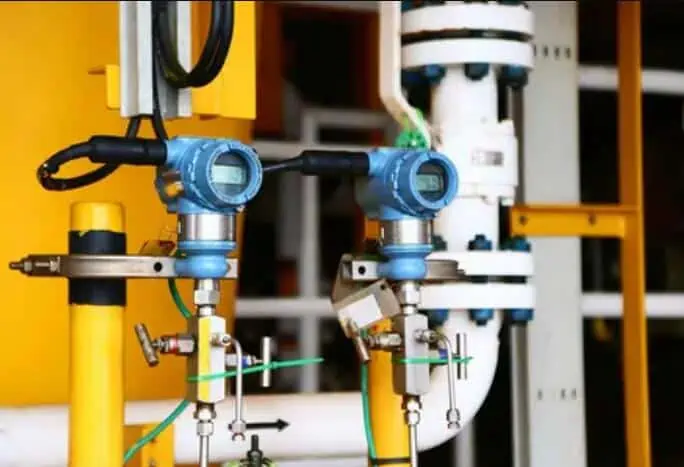
It is not difficult to see that the petrochemical industry has a relatively concentrated demand for pressure sensors in terms of reliability, stability and high precision.
However, reliability and many additional requirements (such as range ratio, bus type, etc.) depend on the design structure, process and material level of the transmitter.
The stability and measurement accuracy of the pressure sensor can ensure the stability and high precision of the pressure transmitter. The measurement accuracy and response speed of the pressure sensor correspond to the measurement accuracy of the pressure transmitter. The temperature and static pressure characteristics and long-term stability of the pressure sensor correspond to the stability of the pressure transmitter.
The petrochemical industry’s demand for pressure sensors is mainly reflected in measurement accuracy, response speed, temperature resistance, static pressure characteristics and long-term stability.
The current miniature pressure sensor is mainly a new type of pressure sensor manufactured by using semiconductor materials and MEMS technology. It has the advantages of high precision, high sensitivity, small size, corrosion resistance, low cost, and good dynamic characteristics.
Pure single crystal silicon material is prone to fatigue, and micro pressure sensors made of this material have good long-term stability. At the same time, the miniature pressure sensor increases the temperature compensation accuracy, which greatly improves the temperature characteristics and measurement accuracy of the sensor. If two miniature pressure sensors are integrated, static pressure compensation can be implemented to improve the static pressure characteristics of the pressure sensor.
At present, micro pressure sensors have many advantages that traditional pressure sensors do not have. It is very suitable for the demand of pressure sensor in petrochemical industry.
Pressure Sensor in City Power Gas Industry Applications
Water, electricity, and gas are closely related to people’s lives. Its stable and safe transportation is very important. In order to ensure the normal use of this important urban living resource, a sufficiently stable and accurate instrument is required to perform real-time numerical measurement of related equipment. .For maintenance personnel to monitor equipment operation. Pressure transmitters meet this requirement.
For example, pressure transmitters can monitor the pressure of gas pipelines in real time. Once a leak occurs, the pipeline pressure will drop. Such as exceeding the preset safe pressure value. An alarm will be triggered and an abnormal location will be prompted.
Through the intelligent gas pipeline network, subsystems such as automatic control of fusion stations, video surveillance, pressure regulator pressure monitoring, leakage monitoring in confined spaces, and remote transmission of industrial user data monitoring can be connected. Realize 24-hour all-round uninterrupted monitoring. Transform “unmeasurable risk” into “preventable and controllable”.

Pressure Sensor in Paper Industry Applications
Pressure Sensor in Paper Industry Applications
Pulp and paper, used where resistance to chemical liquids, corrosive liquids, etc. is required.
In the material preparation section of the papermaking industry, the pressure transmitter is mainly involved in the flow measurement of the pulp, water and acid or alkali during the pulping process. Therefore, it is necessary to choose carefully when selecting the electrode material.
In the screening and bleaching section, the lining material of the pressure transmitter should preferably be PFA or PTEE.
Some of the raw materials and various chemical reagents used in the paper industry are corrosive. The measuring equipment used in this industry must first have strong corrosion resistance, and can accurately measure the relevant parameters of the liquid level such as pulp with complex components. Pressure change The feeder also has a place in the paper industry because of its anti-corrosion design.

Pressure Sensor in Steel-Metallurgical Industry Applications
When it comes to the steel industry, many people’s first impression is high temperature and high pressure. Thousands of degrees of high temperature can melt many materials. Huge pressure is also unbearable for many measuring instruments. Therefore, steel has high requirements for the use of measuring tools.
Pressure sensors with high temperature and high pressure capabilities are accepted by the iron and steel metallurgy industry.
Pressure Sensor in Water Supply-Wastewater Treatment Industry Applications
In the water and wastewater industry, the reliability of instrumentation is critical. The use of pressure transmitters can provide an important means for system protection and quality control.
Even in harsh or aggressive media in applications such as desalination plants or sludge treatment. The pressure transmitter is still able to operate stably. At the same time, the excellent anti-vibration performance enables it to be installed on the pump. This advantage makes pressure transmitters ubiquitous in the water treatment industry.
Also in water conservancy and hydropower, pressure transmitters also play a pivotal role. Because the level of automation is one of the important indicators to measure the modernization level of hydropower plants.
If the computer monitoring system of a hydropower plant is compared to the brain of an automation system. Then the pressure, temperature, flow, liquid level and other sensors are the eyes and ears of the computer monitoring system to complete the process monitoring and control.
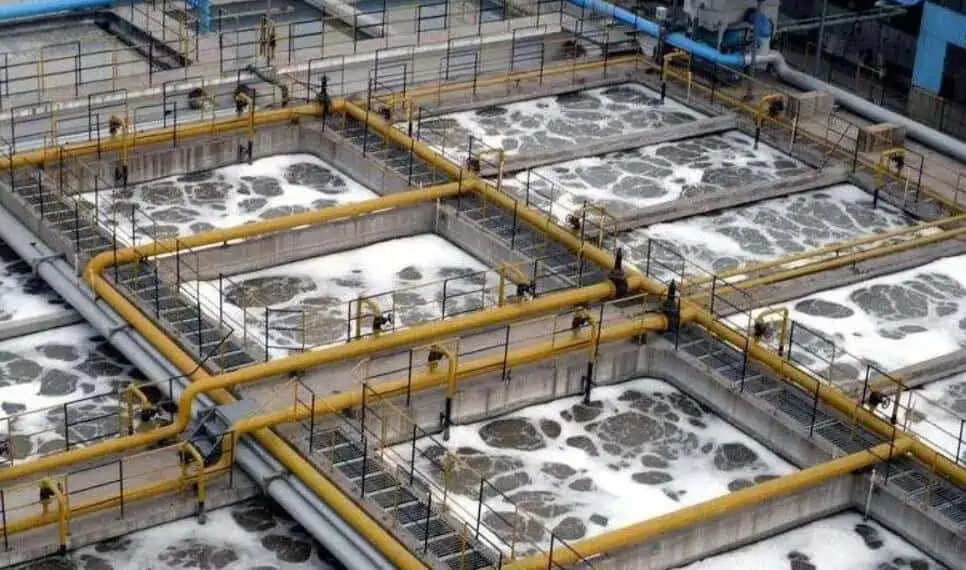
Pressure Sensor in Machinery, Shipbuilding Industry Applications
It is used in places where stable measurement is required under strict control and high precision conditions. In general, pressure transmitters are mainly used to measure the pressure and liquid level of the medium.
In the production of our machinery and shipbuilding industries, pressure sensors are widely used.
Pressure Sensor in Medical Application
With the development of the medical equipment market, higher requirements are put forward for the use of pressure sensors in the medical industry. Such as accuracy, reliability, stability, volume, etc. need to be improved. Pressure sensors have good applications in minimally invasive catheter ablation and temperature sensor measurement.
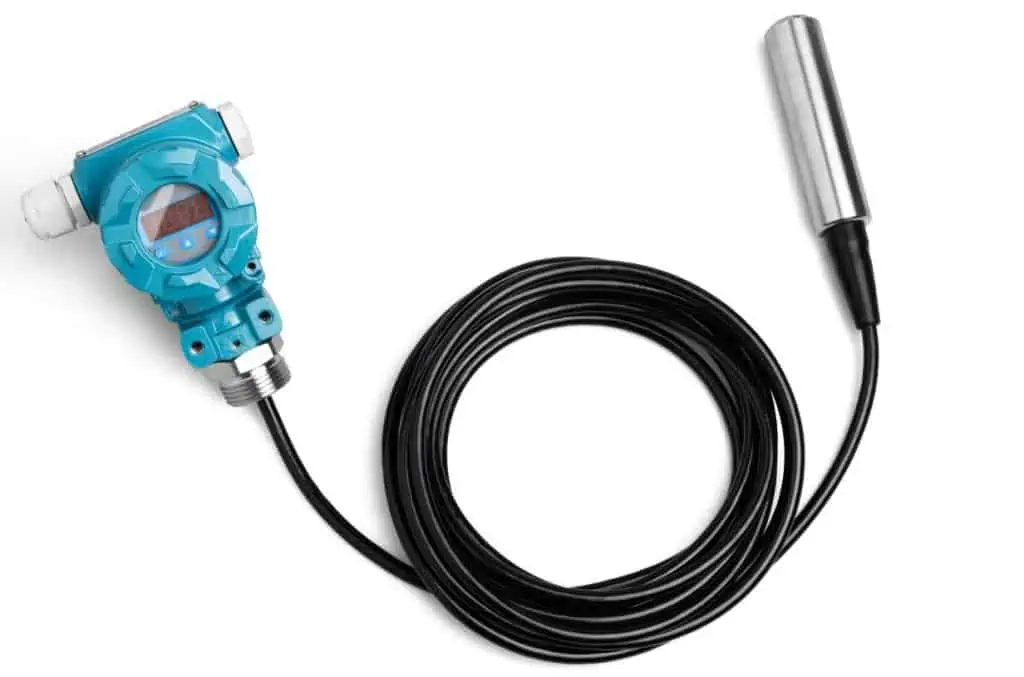
Pressure Sensor in Hydraulic System Applications
The pressure sensor is mainly used in the hydraulic system to complete the closed-loop control of the force. When the control spool moves suddenly, a peak pressure several times the system working pressure will be formed in a very short time.
In typical mobile machinery and industrial hydraulics, if such extreme conditions are not considered in the design, any pressure sensor will be destroyed very quickly. Shock-resistant pressure sensors are required.
There are two main methods for the pressure sensor to achieve impact resistance, one is to change the strain gauge chip, and the other is to connect an external coil. Generally, the first method is used in the hydraulic system, mainly because of the convenience of installation. Another reason is that the pressure sensor is subjected to constant pressure pulsations from the hydraulic pump.
Pressure Sensor in Safety Control System Applications
Pressure sensors are often used in safety control systems, mainly for the safety management system of the air compressor itself. There are many sensor applications in the field of safety control, and pressure sensors are a very common sensor. It is not surprising that they are used in safety control systems.
The application in the field of safety control is generally considered from the aspect of performance, from the consideration of price, and from the consideration of the safety and convenience of actual operation. It has been proved that the effect of choosing a pressure sensor is very good.
The pressure sensor uses the processing technology of mechanical equipment to install some components and signal conditioners on a small chip. So small size is also one of its advantages. In addition, cheap price is also another major advantage of it.
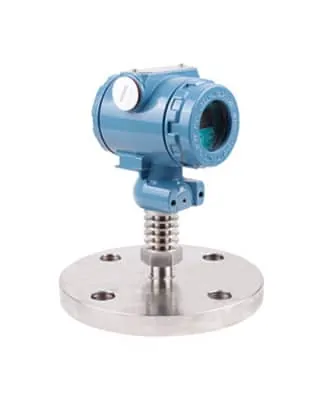
To a certain extent, it can improve the accuracy of system testing. In the safety control system, the pressure brought by the compressor is controlled to a certain extent by installing a pressure sensor in the pipeline equipment at the gas outlet. This is a certain protection measure and a very effective control system.
When the compressor starts normally, if the pressure value does not reach the upper limit, then the controller will open the air inlet to make the equipment reach the maximum power through adjustment.
Pressure Sensor in Injection Mold Applications
Pressure sensors play an important role in injection molds. The pressure sensor can be installed in the nozzle of the injection molding machine, the hot runner system, the cold runner system and the cavity of the mold. It can measure the flow of plastic from the nozzle of the injection molding machine to the Plastic pressure somewhere between cavities.
Pressure Sensor in Monitoring Mine Pressure Applications
Sensor technology is one of the key technologies for mine pressure monitoring.
On the one hand, we should correctly apply various existing sensors to serve the mining industry.
On the other hand, as a sensor manufacturer, it is necessary to develop and develop new pressure sensors to adapt to more mining industry applications.
There are many kinds of pressure sensors, and based on the special environment of mine pressure monitoring, mine pressure sensors mainly include: vibrating wire pressure sensors, semiconductor piezoresistive pressure sensors, metal strain gauge pressure sensors, differential transformer pressure sensors, etc. More about: Diaphragm pressure gauge working principle.
These sensors are widely used in the mining industry. Which sensor to use depends on the specific mining environment.
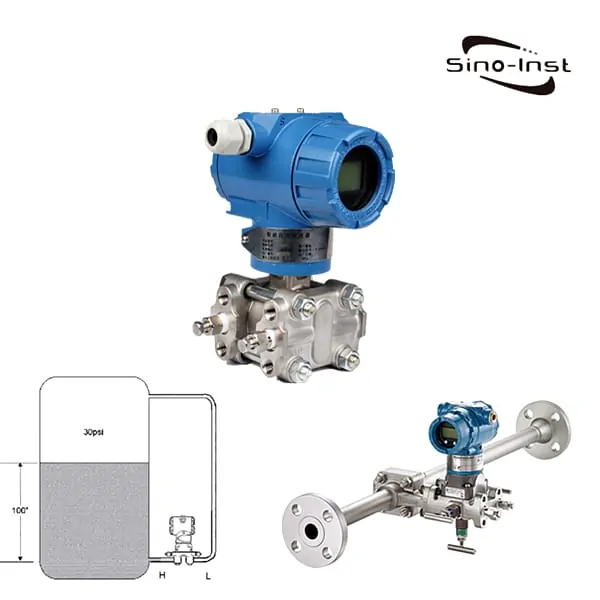
Pressure Sensor in compressors, air-conditioning refrigeration equipment Applications
Pressure sensors are often used in air compressors and air-conditioning and refrigeration equipment. These sensors are small in size and easy to install. The pressure guide port generally adopts a special valve needle design.
Featured Pressure Sensors for Sale
More Pressure Measurement Sloutions
Besides pressure sensors, we also supply torque sensors. What Is a Torque Transducer? How to Choose?
Sino-Inst is a manufacturer of pressure sensors. We offer more than 50 types of pressure sensors. Main products include compact pressure transmitters, industrial pressure transmitters, differential pressure transmitters, single crystal silicon pressure transmitters, diffused silicon pressure transmitters , Diaphragm pressure transmitter, high temperature pressure transmitter, explosion-proof pressure transmitter, pressure transmitter, custom pressure transmitter, with remote pressure transmitter, 316 diaphragm pressure transmitter.
The pressure sensor is mainly used to measure the pressure and liquid level of the medium. In industrial production, it is widely used. Sino-Inst pressure transmitter adopts high-quality diffused silicon type, and the pressure transmitter adopts a dedicated integrated module. Fine temperature, zero point, full scale and nonlinear compensation. Realize accurate measurement and transmission of pressure changes in liquid, gas, steam and other media. Realize the ideal monitoring of changes in pressure and vacuum media in various places for enterprises, scientific research institutes and other departments.
Sino-Inst’s pressure sensors are the most commonly used sensors in industrial applications. Widely used in water conservancy and hydropower, railway transportation, intelligent building, production control, aerospace, military industry, petrochemical industry, oil well, electric power, ship, machine tool, pipeline and other industries.
Sino-Inst’s entire team is well trained, so we can ensure that each customer’s needs are met. If you need any help with your product requirements, whether it is a pressure sensor, level sensors, or other equipment, please give us a call.
Request a Quote

Wu Peng, born in 1980, is a highly respected and accomplished male engineer with extensive experience in the field of automation. With over 20 years of industry experience, Wu has made significant contributions to both academia and engineering projects.
Throughout his career, Wu Peng has participated in numerous national and international engineering projects. Some of his most notable projects include the development of an intelligent control system for oil refineries, the design of a cutting-edge distributed control system for petrochemical plants, and the optimization of control algorithms for natural gas pipelines.


